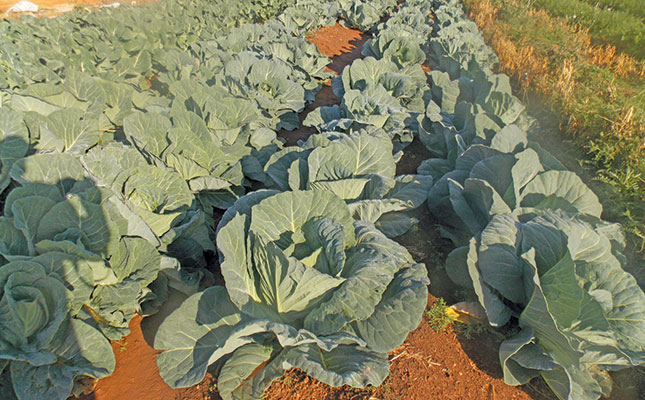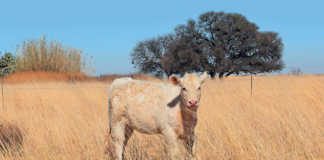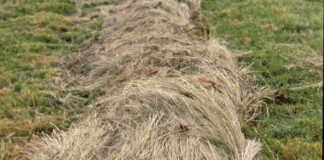
Photo: Bill Kerr
With the number of small-scale vegetable farmers starting up, I get a barrage of requests for pest control and fertilisation programmes for various crops.
If it were that easy, farmers would be able to consult a small, handy book on these topics, apply its guidelines, and enjoy instant success. Unfortunately, it’s not that simple! The arrival of new pests and diseases, climatic conditions, different soil types and many other factors all combine to make each farm’s situation different.
And only hard work, experience and study will enable a farmer to carry out pest control and fertilisation in the most effective way.
Believe me, I know! After six years of agricultural training, I thought I was ready to become a good farmer, until I actually started farming and realised just how much there was still to learn.
Think before you spray
My first job was growing vegetables for a very large estate. I consider myself a hands-on, practical person and double-checked everything that I was told.
The technical adviser for the chemical company gave me a spray programme, as did the company’s representatives. I soon realised that there was no point in applying insecticides unless there was a pest to control.
Pests are sporadic and seasonal, and it made sense to carry out frequent inspections of the crops I was in charge of and only then apply pesticides if needed. By doing this, I calculated that, given the volume of crops grown, the difference in cost between what was spent on crop chemicals and what was recommended for me to use was as much as my salary!
Every farmer needs to become familiar with the potential pests of his or her crops and, by carrying out frequent inspections, spray the softest product available to eliminate the pest when it is at the most vulnerable stage of its development.
If you do this, you will not only detect pests as they appear; you’ll also develop a more intimate knowledge of your crops.
Fertiliser
It is equally important to apply fertiliser correctly. There is a widespread perception that each crop requires a different fertiliser, but there is very little truth in this.
The first step is carry out a soil analysis. You can then add the nutrients that the soil needs, which are more or less the same for most crops.
With vegetables that are more expensive to grow and hence worth more on the market, you should never try to skimp on fertilisation. If necessary, plant less, but do it right.
Grain crops such as maize and wheat are a little different due to their lower margins. Farmers who produce these crops have to watch their fertiliser costs far more closely than do vegetable farmers.
Once you achieve a high enough level of each element and a reasonable balance between them, you can then simply top up the nutrients for each successive crop according to the soil analysis.
After this, it’s just a matter of managing the nitrogen for each crop. This will also vary according to the soil condition and rainfall.
Bill Kerr is a vegetable specialist and a breeder of a range of vegetables.











